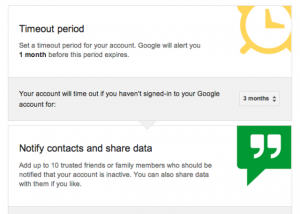Over the past decade, social media has become a hallmark in the realm of communication. Not only has it re-shaped the way in which communication functions on a social level, social media has taken on a new role in the workplace. Social media usage in the office is no longer seen as a distraction for workers and has become a new tool towards productivity and engagement. Instead, these companies have adopted an embracing attitude towards it and have incorporated it into company culture and everyday office life. 
To prove this argument, a study was conducted at by Joe Nandhakumar, professor of information systems at the Warwick Business School in the United Kingdom. Over the span of two years, the study monitored the productivity levels at a well-established European telecommunications company that practiced policies that encouraged social media use in the workplace. The results of the study show a clear rise in productivity. This rise can be contributed through the employees’ ability to respond to client and customer concerns in a quick manner, through the use of social outlets and networks such as Facebook or Twitter. Employees were also able to use these outlets to pitch products and ideas and close sales. Nandhakumar also noted that social media allowed for heightened collaboration amongst employees, both within the office and in other locations that may be farther away.
This embrace of social media within the workplace is a major indicator of the definitive changes in corporate culture and the face of business in 2013. Social media has the ability to allow a company to build a distinct culture and identity. Facebook, Twitter, LinkedIn, and Google+ allows businesses to grow a public presence and allow fast and direct communication with its customer base, clients, current and potential employees, and any other interested user. Social media also changes the way in which employees communicate with each other and management. In a time where telecommuting is a very common practice at most companies, networks such as Skype or Google (Hangouts) make it possible to have quick meetings without the need to physically be in the same place. Not only does this boost productivity and cuts down on time, this also has the potential to cut down on travel expenses for companies, since they are afforded with the convenience of virtually conducting a meeting absolutely anywhere. Skype and other video chat outlets have also become commonly used in job interviews, saving time and money for both the employer and the potential employee.
The topic of social media usage in the workplace very distinctly paints a picture of the how business is conducted in 2013. There is an immense embrace of transparency in business that allows for collaboration, growth, and innovation. The corporate use of social media has opened the conversation on many levels.
How do you think the relationship between business and social media will expand in the future?



